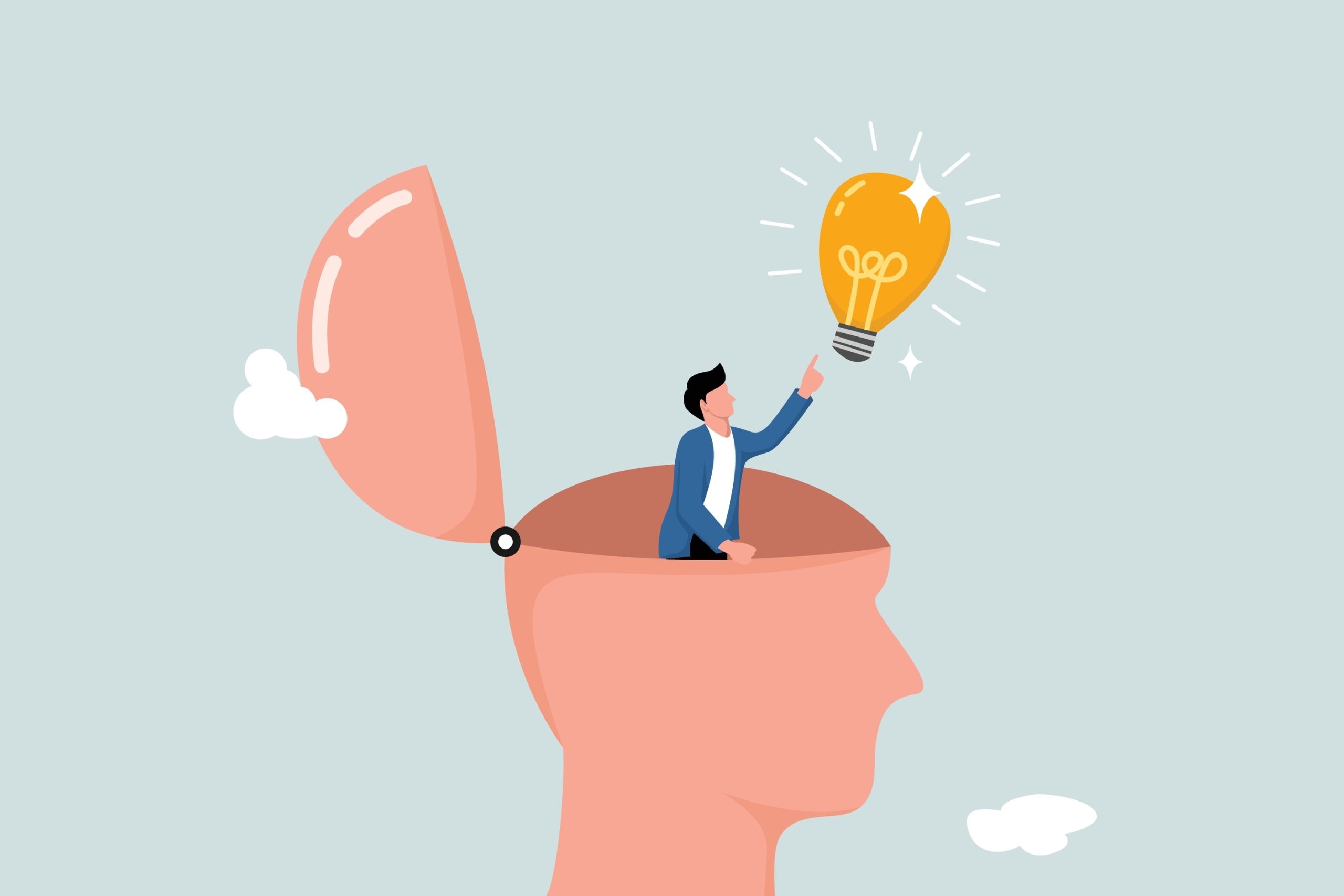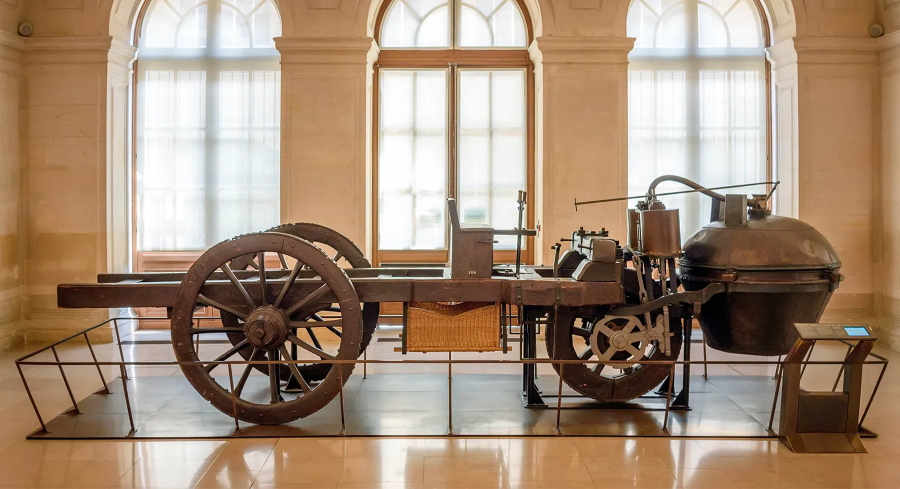Imagine sitting in a café, sipping coffee with your fiancée after a long morning of shopping. For most of us, this might be a moment to relax, unwind or calculate how much balance is in our savings! But for Edsger W. Dijkstra, a Dutch computer scientist, this casual coffee break sparked one of the most influential algorithms in computer science – Dijkstra’s Algorithm! Little did he know, his 20-minute brainstorm would become the backbone of modern Internet traffic management.
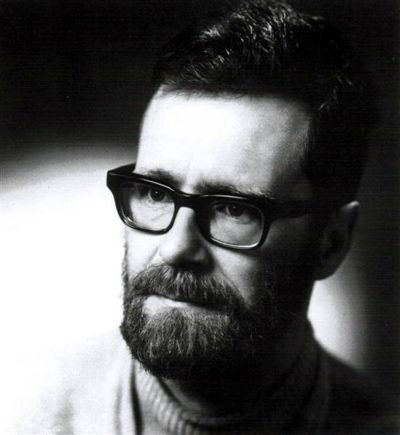
In 1956, Dijkstra worked on a problem called the shortest path problem — how to find the most efficient route between two points. He might have been thinking about his own trip from Amsterdam back to Groningen. Sitting at a café terrace, tired after shopping, he started sketching an idea. His algorithm solved the problem neatly by comparing all possible routes, calculating which was the shortest based on factors like distance, time, or energy, and then showing the best path to take.
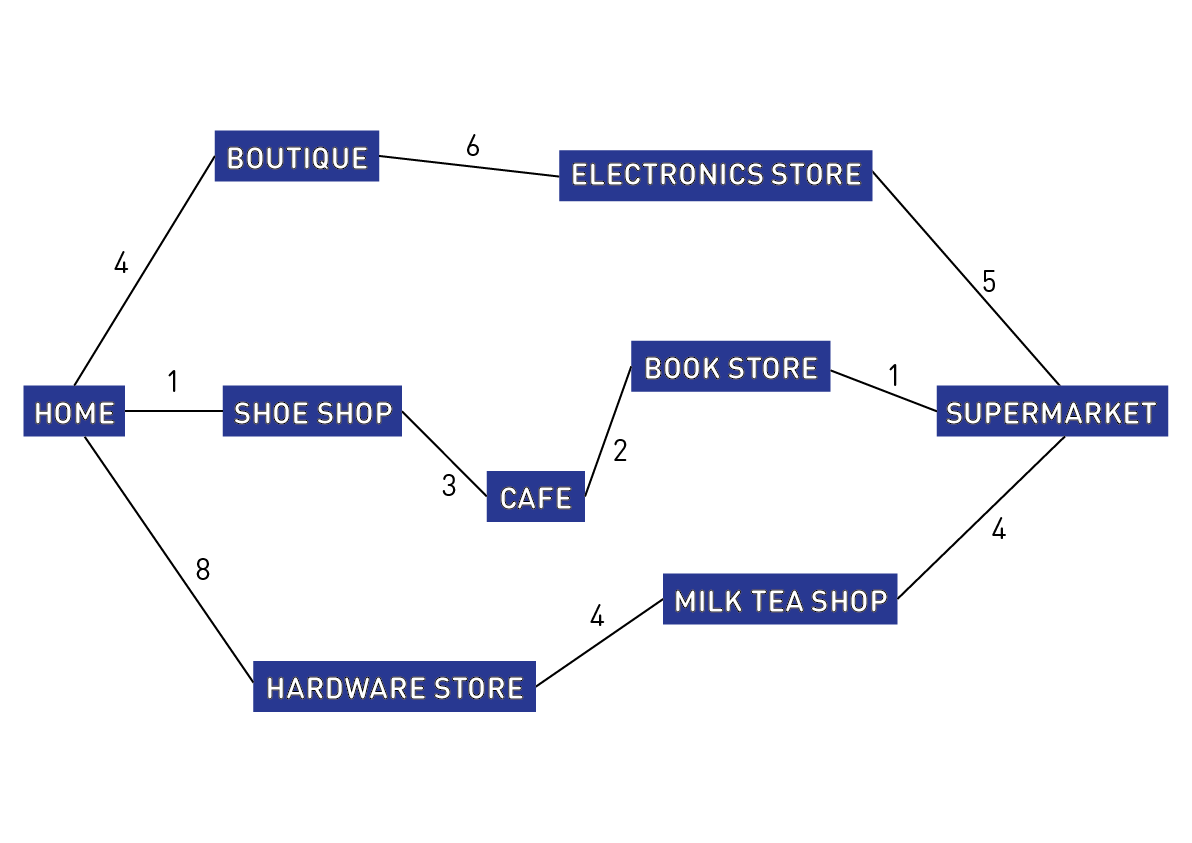
Imagine you want to go from home to the supermarket. The map has many shops (nodes) joined by roads (edges). Some roads take longer or are harder to travel — those are the weights. Dijkstra’s algorithm finds the shortest path from your home to the supermarket. You start at home, look at all the nearby roads, and pick the one that seems quickest to a new shop (for example, the shoe shop). Then from that shop you again check the quickest road to a shop you haven’t visited yet. Keep repeating this: always choose the next shortest road you haven’t used, until you reach the supermarket. It’s like solving a puzzle step by step so you always follow the fastest route.
In a similar way, Dijkstra’s Algorithm has become part of the Internet standard that finds the shortest route for data to travel. It guides information across many networks made up of servers, routers, and switches. Each time you send an email, stream a video, or browse a website, Dijkstra’s Algorithm works quietly in the background. It helps your data take the fastest and most efficient path, reducing congestion and improving speed.
Thanks to Djikstra’s Algorithm, the Internet is faster and more reliable for billions of users around the world. Without Dijkstra’s Algorithm, the Internet would be slow and full of delays. It’s also one of the key concepts to learn if you’re interested in electronic and electrical engineering or computer networking and security.
Dijkstra, who later became a Turing Award winner (also known as the ‘Nobel Prize of Computing’), was known for his simplicity-first approach, and this algorithm was no exception. It was designed to be efficient, scalable, and easy to implement – qualities that made it perfect for managing the complex web of connections we now call the Internet!
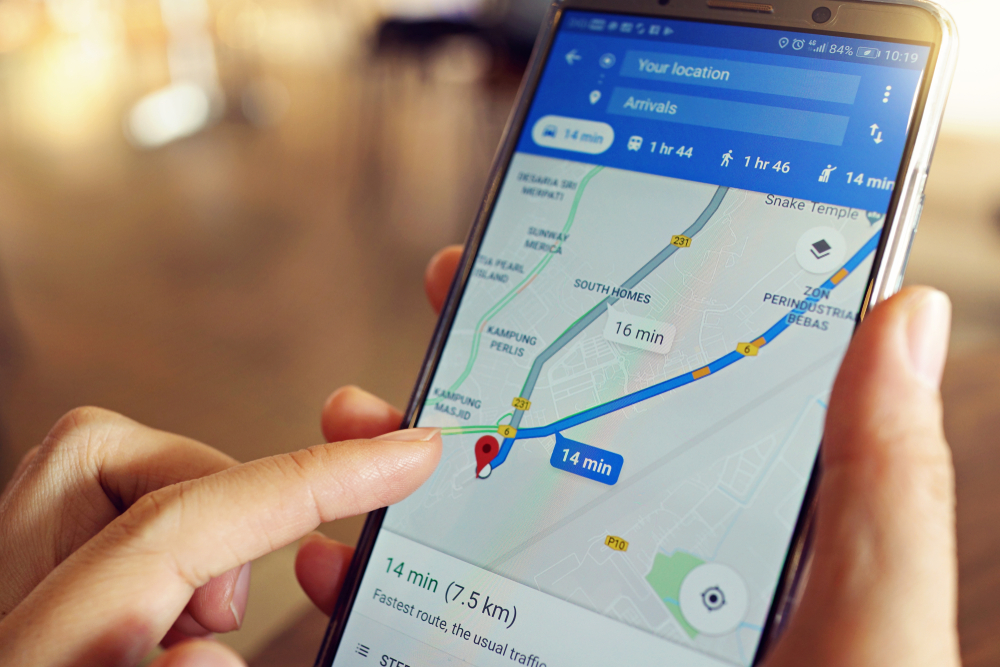
While the Internet is its most famous application, Dijkstra’s Algorithm is also used in many other areas of our daily lives. For example, if you want to navigate to your holiday destination using Google Maps or Waze. In this situation, Dijkstra’s Algorithm will calculate the shortest path based on traffic and road conditions to ensure you arrive at your holiday destination early!

Besides GPS navigation, social media platforms, such as Instagram and Facebook, benefit from Dijkstra’s Algorithm by suggesting your ‘close’ connections (such as relatives or university friends) by finding the shortest ‘path’ between the other social media users.
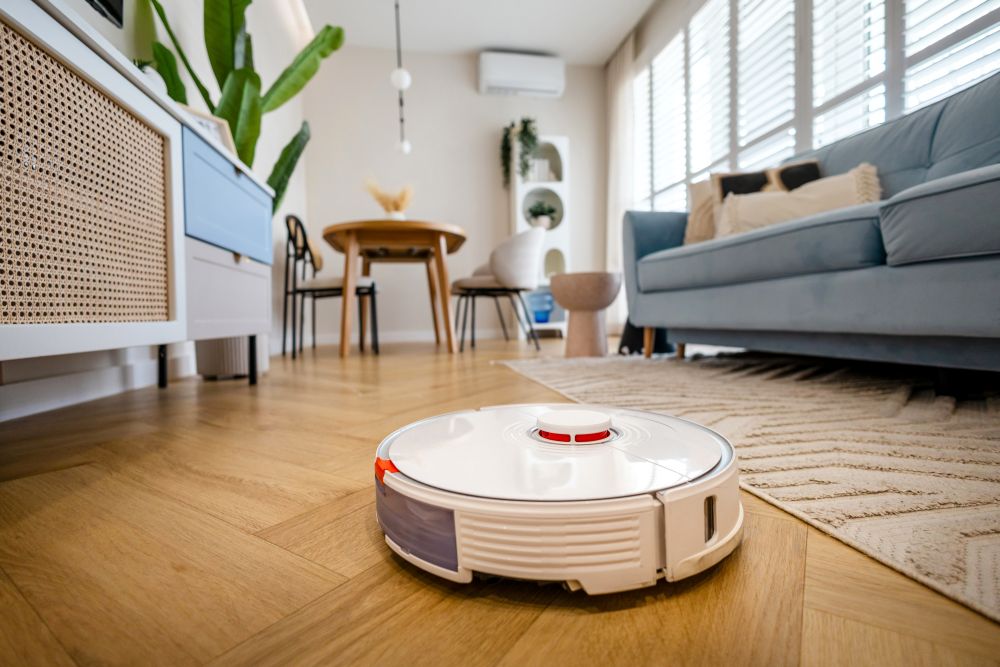
Modern robots, such as vacuum bots, also use Dijkstra’s Algorithm to navigate through our house efficiently while avoiding toys and other obstacles on the floor and finding the quickest path back to their docking station.

Researchers like us also use Dijkstra’s Algorithm to test new networking technologies. For example, we use it to study how groups of wirelessly connected drones can improve network routes while flying through complex 3D spaces. We also adapt the algorithm to make routing more energy efficient. This helps devices use less power and last longer — an important goal for smartphones and Internet of Things (IoT) sensors.
Remember Dijkstra the next time you sit in a café, sipping coffee and waiting for someone. What began as a short 20-minute idea during his coffee break after shopping turned into one of the most important algorithms in the world. It now powers the Internet, helps your GPS find routes, and guides robots to move safely. So, when you scroll through social media, stream your favourite show, or listen to the ASM Podcast, think of that coffee break in Amsterdam. It didn’t just refresh Dijkstra and his fiancée — it changed how we communicate and connect online.

